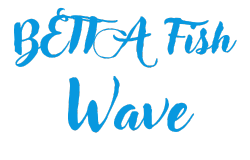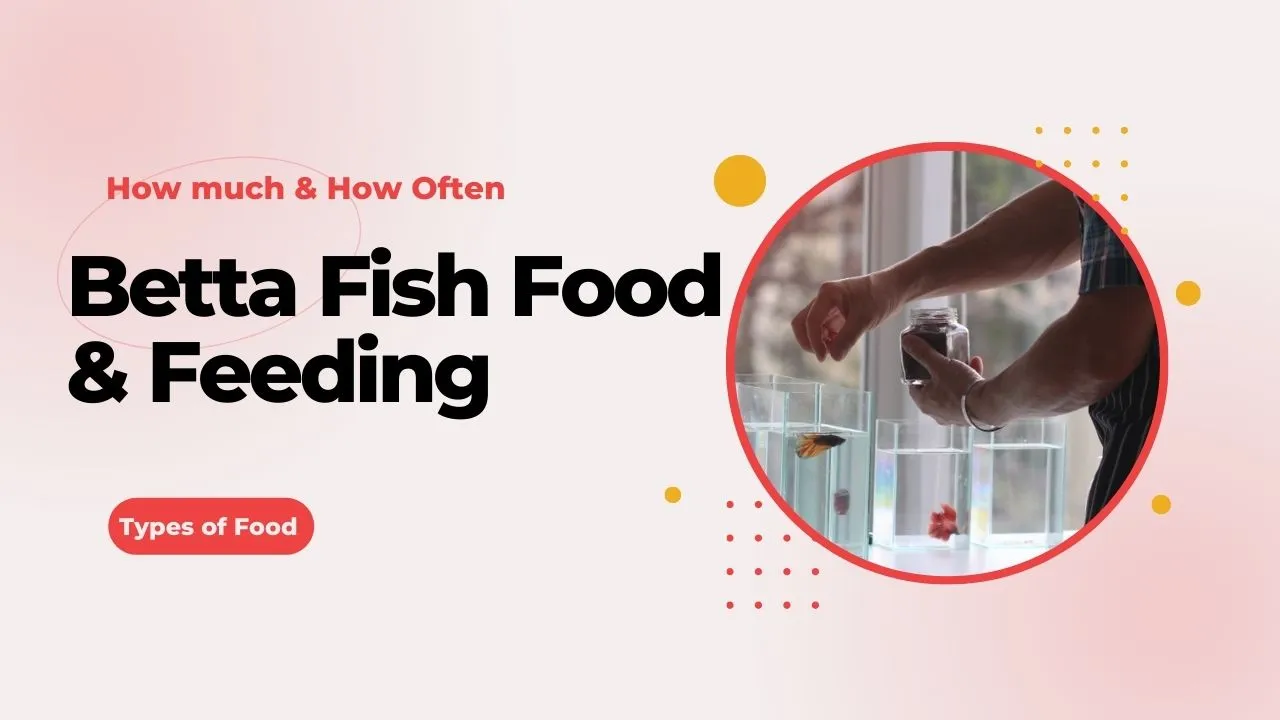If you’re a first-time owner, you might wonder how much and how often to feed your betta. It’s one of the most frequent questions, especially when dealing with picky eaters. Many make the mistake of overfeeding because labels on food product packaging and advice from pet stores can be misleading. Bettas are carnivores and need a well-balanced diet with plenty of protein to stay healthy and happy. A common myth is that they can survive on plant roots, but that’s not true.
You should decide on feeding options that create less mess in the tank. Pellets are a simple, effective choice because you can easily control the portion. However, adding variety with live, frozen, or freeze-dried treats can improve their daily routine. Bettas prefer eating from the surface rather than the substrate, so keep this in mind when selecting food. By following guidelines and being wise about feeding, you can literally save your fish’s life.
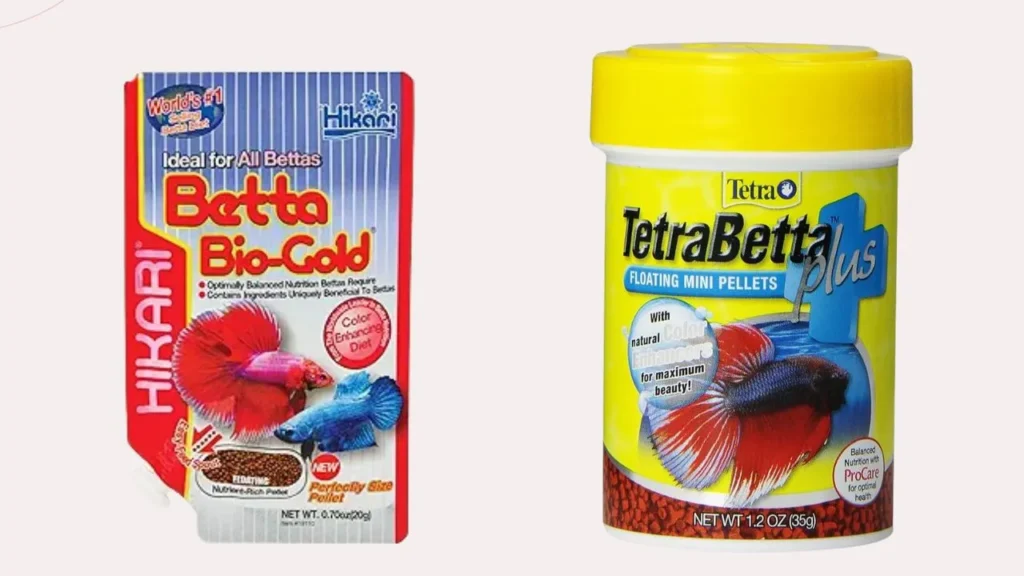
Best Betta Fish Food: Dietary Requirements
Bettas are carnivores and need protein-rich food to meet their nutritional needs. Their natural diet includes insects, so the best betta food should replicate this. Avoid food with fillers like corn and wheat as it can cause bloating and digestive issues. Since bettas have short digestive tracts, these ingredients provide no value and just become waste.
For optimal health, offer a variety of high-quality foods such as pellets, flakes, and live or dried options. Look for natural ingredients where protein is listed first. Fiber, fat, and moisture help with digestion, while nutrients like calcium, phosphorus, and vitamins (A, D3, E, C, B1, B5, B6, B12, K, H, M) support overall health. Foods meant for goldfish or tropical fish are not suitable and should be avoided. By offering the right dietary balance, you’ll keep your betta thriving.
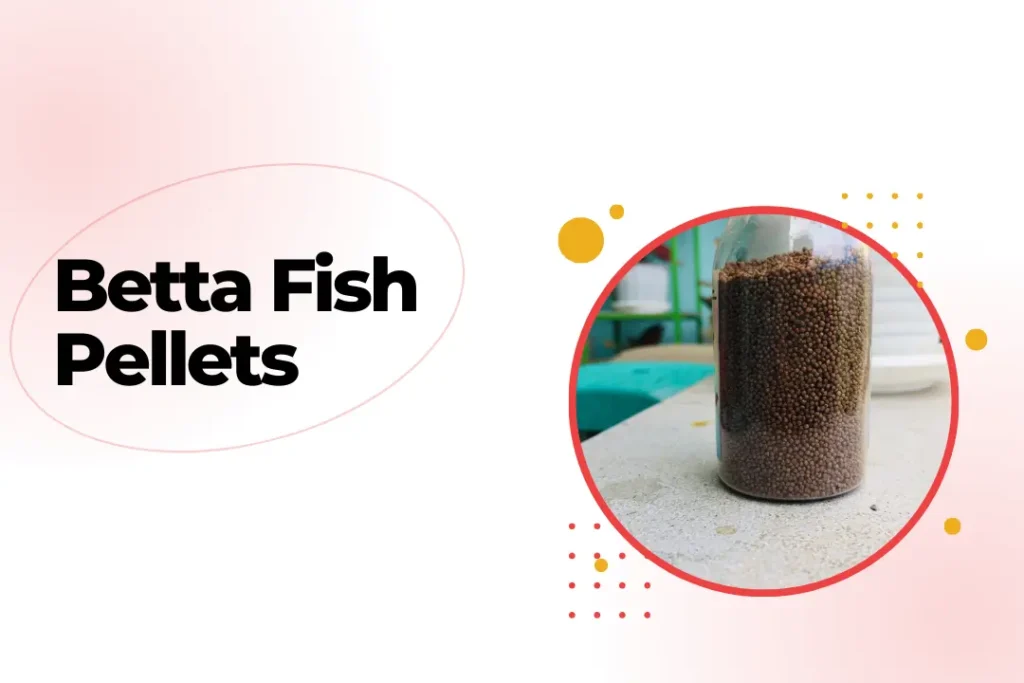
Betta Fish Pellets
Pellets are a common type of food found in the market for betta fish. However, their quality can vary greatly. Some high-quality pellets help your fish thrive, while others contain fillers that may cause digestive issues. Be careful with pellets that expand significantly when exposed to water. These can lead to bloating if they swell in your betta’s stomach. To prevent this, you should soak such pellets in tank water to properly hydrate them before feeding, especially if your fish tends to attack its meals quickly. Providing the right ingredients helps ensure your betta stays healthy.
| Picture | Name | Analysis | Pros | Cons | Price | Rating |
|---|---|---|---|---|---|---|
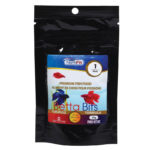 | NorthFin Betta Bits | -Crude Protein (min): 45% -Crude Fat (min): 16% -Crude Fiber (min): 4% -Moisture (max): 9% -Ash (max): 10% | -No fillers or hormones -No dyes or artificial coloring -Ideal 1mm size | - May be hard to find, except online | $$$$ | 5.0 |
Freeze-Dried Betta Food
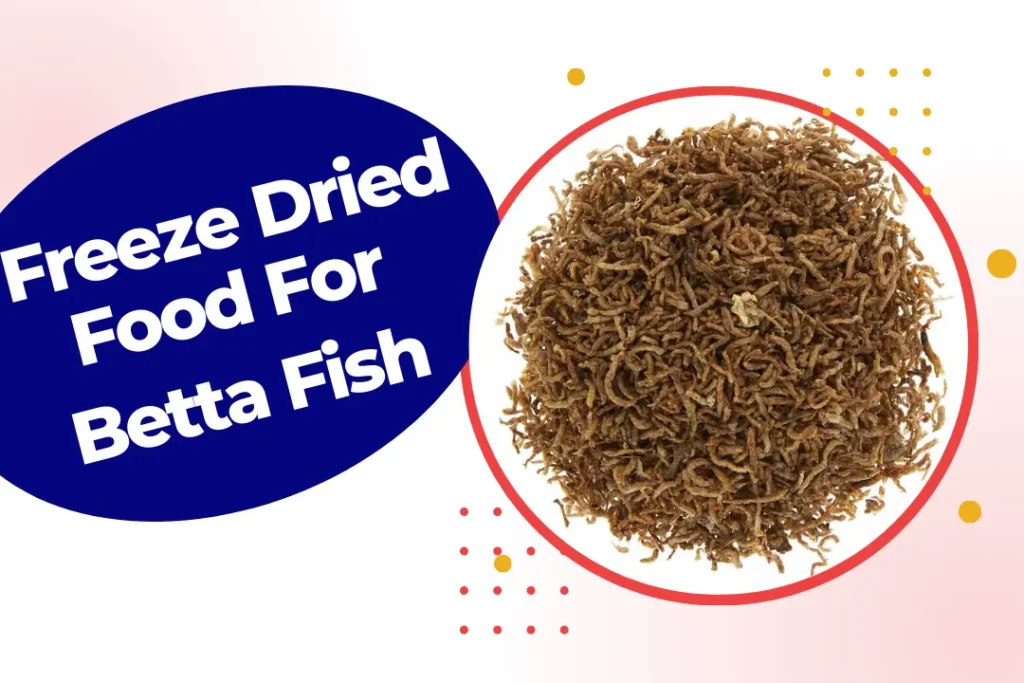
Freeze-dried betta food offers a stable and inexpensive option for your betta’s diet. Unlike live or frozen food, it lacks moisture, so always rehydrate it before feeding to avoid bloating or constipation. Many local and online stores sell quality containers of freeze-dried options like bloodworms or brine shrimp. These foods provide a natural content without fillers, reducing the risk of bacteria or parasites in your tank water. However, don’t rely solely on them, as a typical diet should include variety to benefit your fish fully.
Betta Fish Flakes
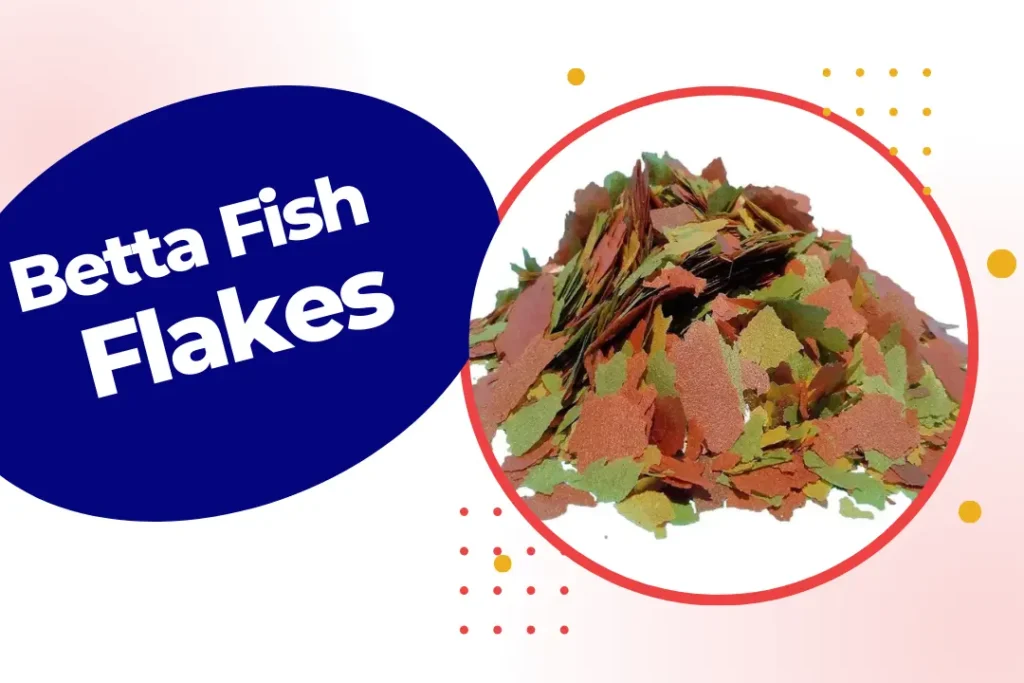
Betta fish flakes are a specific and convenient option for feeding your betta. However, many bettas refuse to eat them, and they can be messy, often sinking to the bottom. Always remove excess or sunken flakes immediately to keep the tank clean. While tropical fish flakes lack the protein requirements bettas need, specific betta flakes can serve as a staple in their regular feed.
Live & Frozen Betta Food
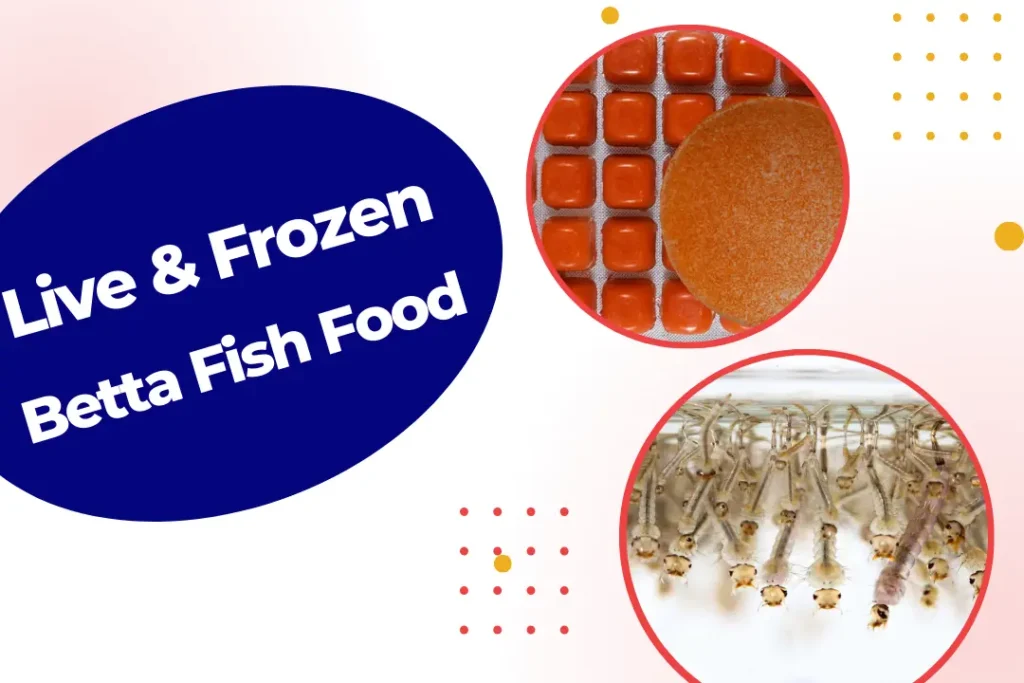
Live and frozen foods are a great way to replicate a betta’s natural habitat, encouraging them to stalk their prey during aggressive feedings. These foods help maintain a balanced diet for your carnivores but require you to be careful. Always check the source to ensure it doesn’t carry parasites, bacteria, or diseases. Frozen food can be stored safely in the freezer, but only defrost and feed what you need. Avoid refreeze after thawing to prevent contamination. For convenience, you can keep other options like pellets to avoid missing meals. Placing unused food back quickly ensures it is ready when needed. Avoid feeding bettas anything from outdoors, as it may expose them to risks. Keeping this routine will help them thrive.
Live/Frozen Mosquito Larvae
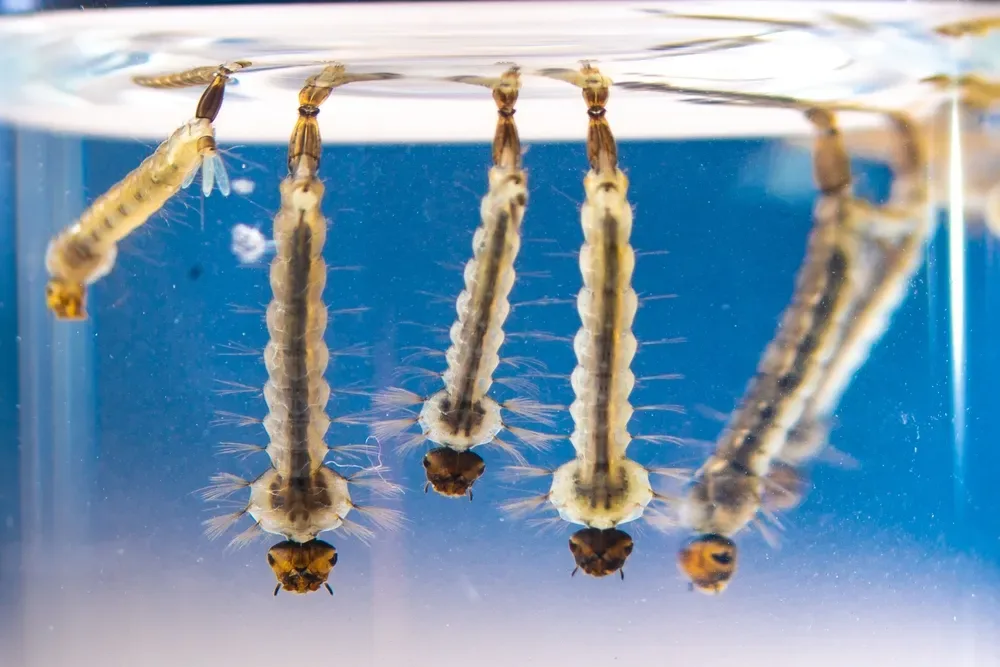
Mosquito larvae are a staple in a betta’s natural habitat and an excellent choice for their food. These larvae are most abundant and active in warmer climates during spring and summer but can be difficult to source in winter. You can purchase a starter culture from a reputable local or online store that carries them. Alternatively, you can harvest them yourself by setting up in mosquito-prone areas. Providing these larvae ensures your betta gets a natural and healthy diet.
Live/Frozen Brine Shrimp
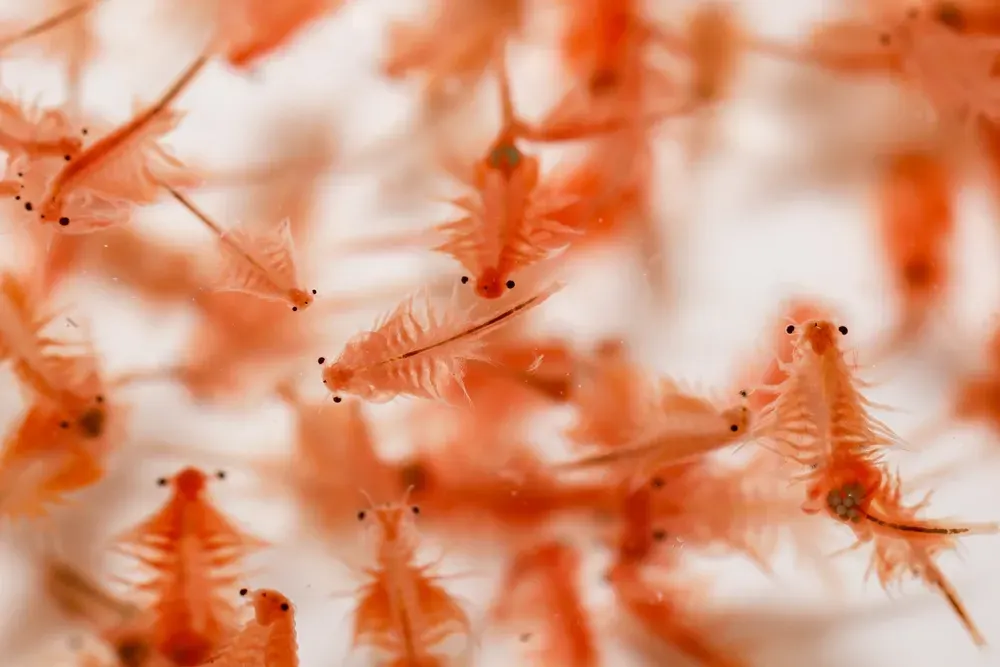
Brine shrimp are a small aquatic crustacean that betta fish love. They grow up to just one centimeter as adults and are often available in local stores. These shrimp are packed with essential nutritional needs, including proteins, vitamins, and amino acids, helping your betta thrive. Raising them is fairly easy, and they make a great option to vary your betta’s diet. Interestingly, research from the University of Utah shows how detailed these creatures appear when zoomed in under a microscope. Providing brine shrimp regularly will greatly benefit your fish.
Live/Frozen Bloodworms
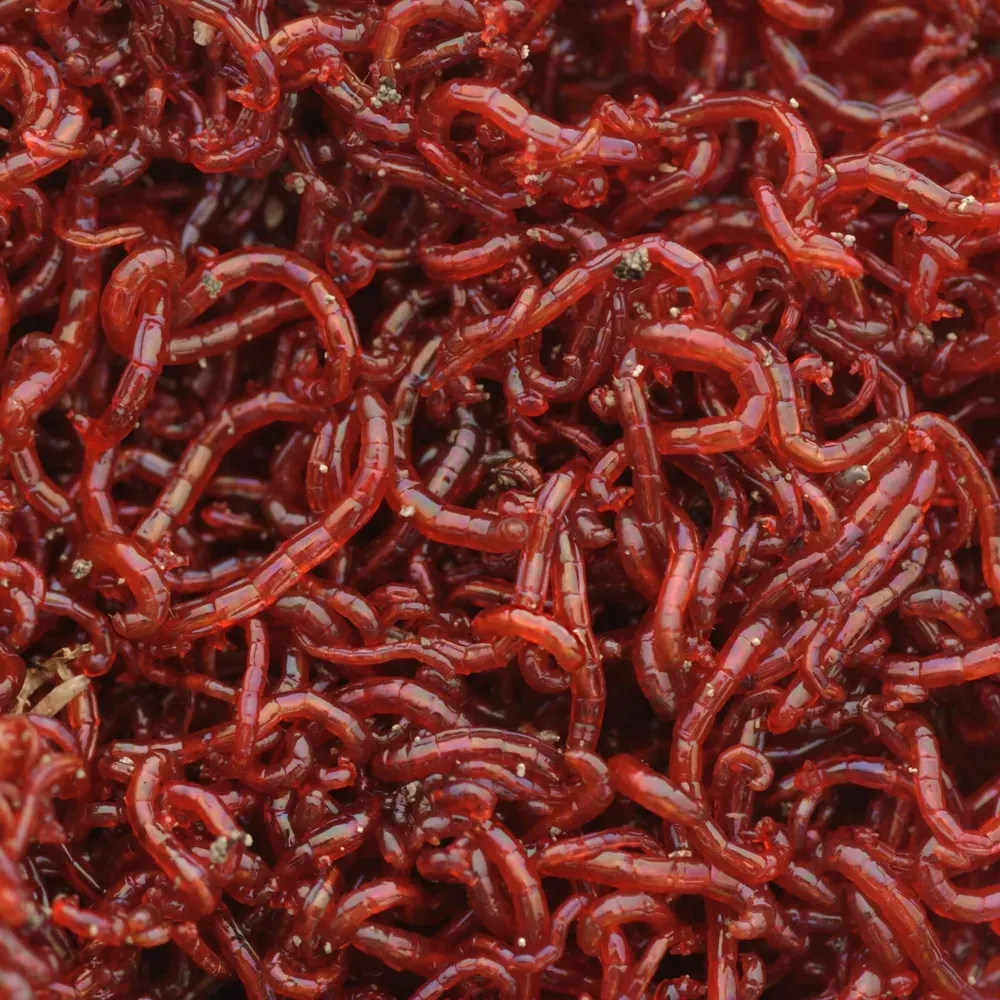
Bloodworms or glycera are a popular live and freeze-dried food for betta fish. Found in pools and ponds, these larvae of the midge fly are a favorite in the wild. Bettas often gorge on them, putting on a show during feeding. Though high in iron content, which gives them their bright red coloring, bloodworms are not ideal as an exclusive food source since they lack amino acids. If the gross look of live bloodworms isn’t for you, there are gel options as well. These are perfect for picky eaters needing diet variations.
Live/Frozen Wingless Fruit Flies
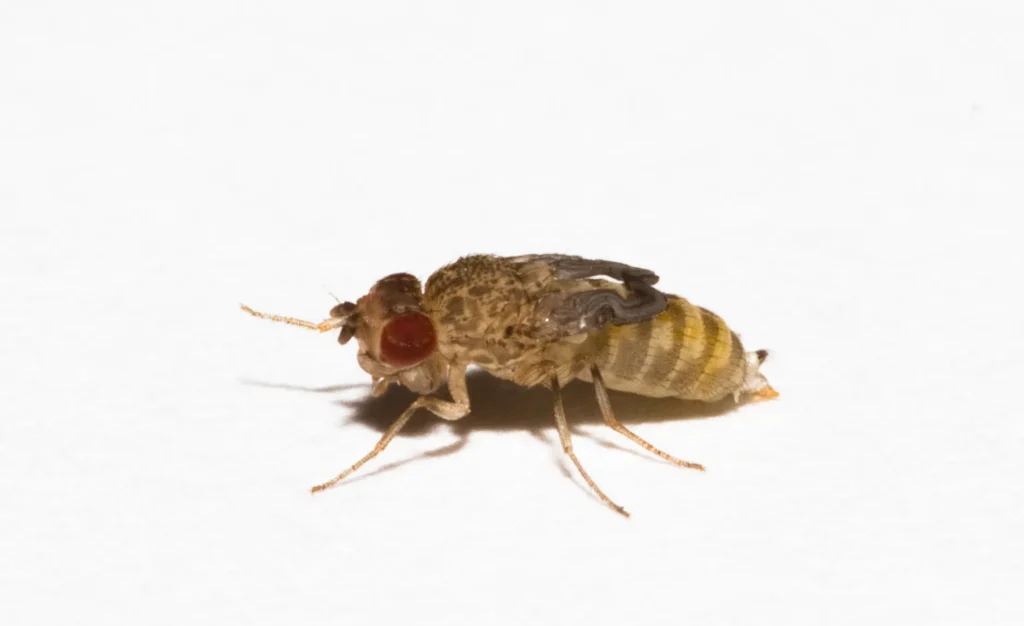
Fruit flies, also known as vinegar flies, are an ideal food option for betta fish since they are natural insectivores. These bugs are often seen flying around bananas and apples left in your kitchen. However, dropping wild flies for feeding can be risky because they may carry diseases or escape. Instead, use the wingless or flightless variety, which is safer and easy to breed in a small container. These flies can be bred and harvested inexpensively, making them perfect for varying a betta’s diet. Bettas absolutely love them and often react with excitement, causing a swarm around the feeding area.
Live/Frozen Mysis Shrimp
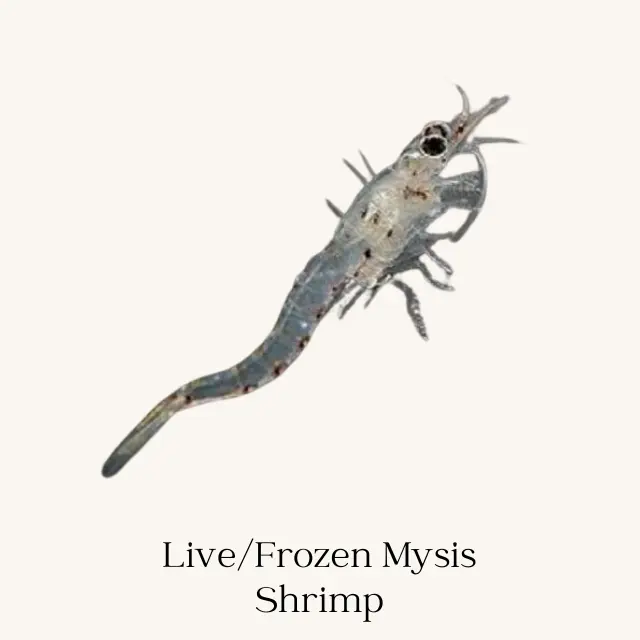
Mysis shrimp, also called opossum shrimp, are a fantastic option for betta fish. Their exoskeleton is rich in fiber, which aids the digestion of protein-heavy foods. These shrimp are packed with essential nutrients, including amino acids and moisture, making them more beneficial than brine shrimp. If your betta is a picky eater, mysis shrimp can be the perfect trick to provide diet variety. These betta-loving shrimp are highly nutritious and help support a healthy feeding routine for your fish.
How Much & How Often to Feed a Betta Fish?
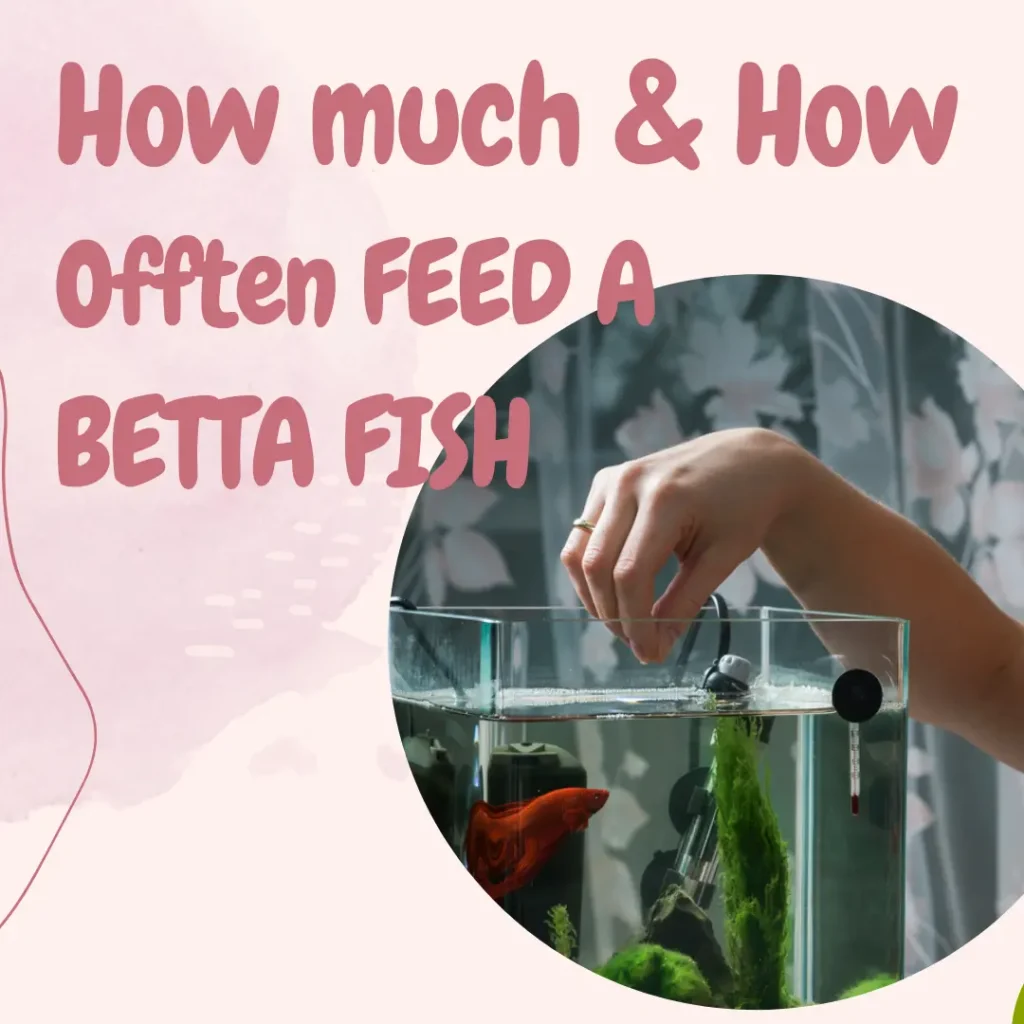
Many directions on betta food cans are misleading and often lead to overfeeding, causing excess waste and poor water quality in your tank. These instructions may suggest feeding several times daily or as much as your fish can eat in a few minutes. However, this practice is harmful. Instead, follow a more balanced approach to avoid health problems. Feed your betta according to these guidelines:
- Pellets: 2-4 pellets, 1-2 times a day
- Live, frozen, or freeze-dried: 2-3 pieces, 1-2 times a day
- Adult bettas: Feed once per day
- Babies (or fry): Feed twice per day
A betta’s stomach is roughly the size of its eye, and many pellets can expand to more than twice their size when wet. Always be mindful of portion control to prevent overeating.
Allowing your betta to overeat can result in serious health issues like:
- Constipation, bloating, and obesity
- Swim bladder problems that affect balance
- Increased risk of contracting diseases due to bacteria breaking down uneaten food
Additional feedings may be necessary if your betta has a high activity level or a demanding personality, but never let them overindulge. Maintaining the right diet will keep your betta fit and happy without excess fat. Proper feeding also ensures no pieces of leftover food encourage harmful bacteria growth.
Ideal Feeding Schedule:
Creating an ideal feeding routine for your betta helps maintain digestive regularity and prevents problems like overeating and ammonia buildup. Feed pellets, live, or freeze-dried foods in proper portions throughout the week. Avoid extra food as it can cause harmful food decay at the bottom of the tank. Use a turkey baster to clean any leftover food to prevent diseases. It’s also a good idea to have one fast day, allowing the digestive tract time to process food properly. If you’re on vacation for a few days, don’t pour extra food—bettas can survive for up to 14 days without eating.
Here is a schedule you can follow:
| Day | Food Type | Quantity |
|---|---|---|
| Monday | Betta pellets | 2-4 pellets, 1-2 times daily |
| Tuesday | Live, frozen, or freeze-dried food | 2-3 pieces, 1-2 times daily |
| Wednesday | Betta pellets | 2-4 pellets, 1-2 times daily |
| Thursday | Betta pellets | 2-4 pellets, 1-2 times daily |
| Friday | Live, frozen, or freeze-dried food | 2-3 pieces, 1-2 times daily |
| Saturday | Betta pellets | 2-4 pellets, 1-2 times daily |
| Sunday | Fast day | No food |
What If Your Betta Fish Won’t Eat?
If your betta fish refuses food or seems uninterested, don’t panic. A reduced appetite may happen due to stress from tank cleaning, a new home, or sudden changes in water temperature. Bettas can survive for up to 14 days without feeding, so missing meals for a short time is normal. Cold water below the ideal range of 76-81 degrees can also make your betta lethargic by slowing their metabolism, which reduces their need for food. As they age, bettas become less active and eat fewer times per day.
If your betta continues to avoid eating, it could be a sign of illness or even a disease. Monitor their behavior closely and check for other symptoms. Initiate proper treatments if needed. Bettas can also be picky. If they start spitting out their food, try a different brand or type to encourage feeding. Once your betta recovers, their appetite should gradually return. Staying observant and maintaining stable water conditions is key to keeping them healthy and well-fed.
How to prevent your betta fish from overeating?
In the wild, betta fish will eat whenever they find food, which can cause them to overeat when extra food is available. Overeating can lead to bloating, digestive distress, and even obesity. Too much uneaten food also pollutes the water, making it dirty and unhealthy for your fish. This can quickly harm their health.
To prevent overeating, always stick to the recommended daily feeding amounts. Feed your betta in small portions to control excess food. After feeding, clean out any remaining uneaten food to keep the water safe. Use tools like a net or a turkey baster to remove excess food easily. Maintaining a consistent, daily feeding schedule and regular cleaning will help your betta stay healthy and avoid digestive problems.
Recap
As a betta keeper, it’s your responsibility to provide a well-balanced diet for optimal health. Myths exist around live foods causing bloating and constipation, but these issues usually result from overfeeding or a lack of fiber.
Betta fish are instinctive eaters and may continue eating even when not hungry. In the wild, they eat whenever food is available. Ranked best for betta health, food types include live, frozen, freeze-dried, pellets, and flakes. Feeding a variety will give your betta the nutrients they need to thrive.
Feed 2-3 pellets, 1-2 times daily, adjusting for their activity level. Stick to a regular feeding schedule to avoid overfeeding and health issues.
FAQs About Betta Fish Food
What do Bettas eat?
Bettas are carnivores and need a diet rich in meat proteins. They can accept a variety of foods like live, frozen, or freeze-dried options, including bloodworms, brine shrimp, small pellets, flake food, and granules.
What is the best food for my betta?
A variety of foods is essential for a betta’s health. Feed a mix of freeze-dried, thawed or frozen bloodworms, brine shrimp, flake food, granules, and small pellets formulated specifically for bettas to maintain their quality of life.
How often does my betta need to be fed?
Feed your betta sparingly and ensure it only eats what it can finish within 1-2 minutes to avoid overfeeding. Overfeeding can foul the water, especially in smaller, unfiltered aquariums. If feeding frozen food, always thaw it before offering it to your betta.
